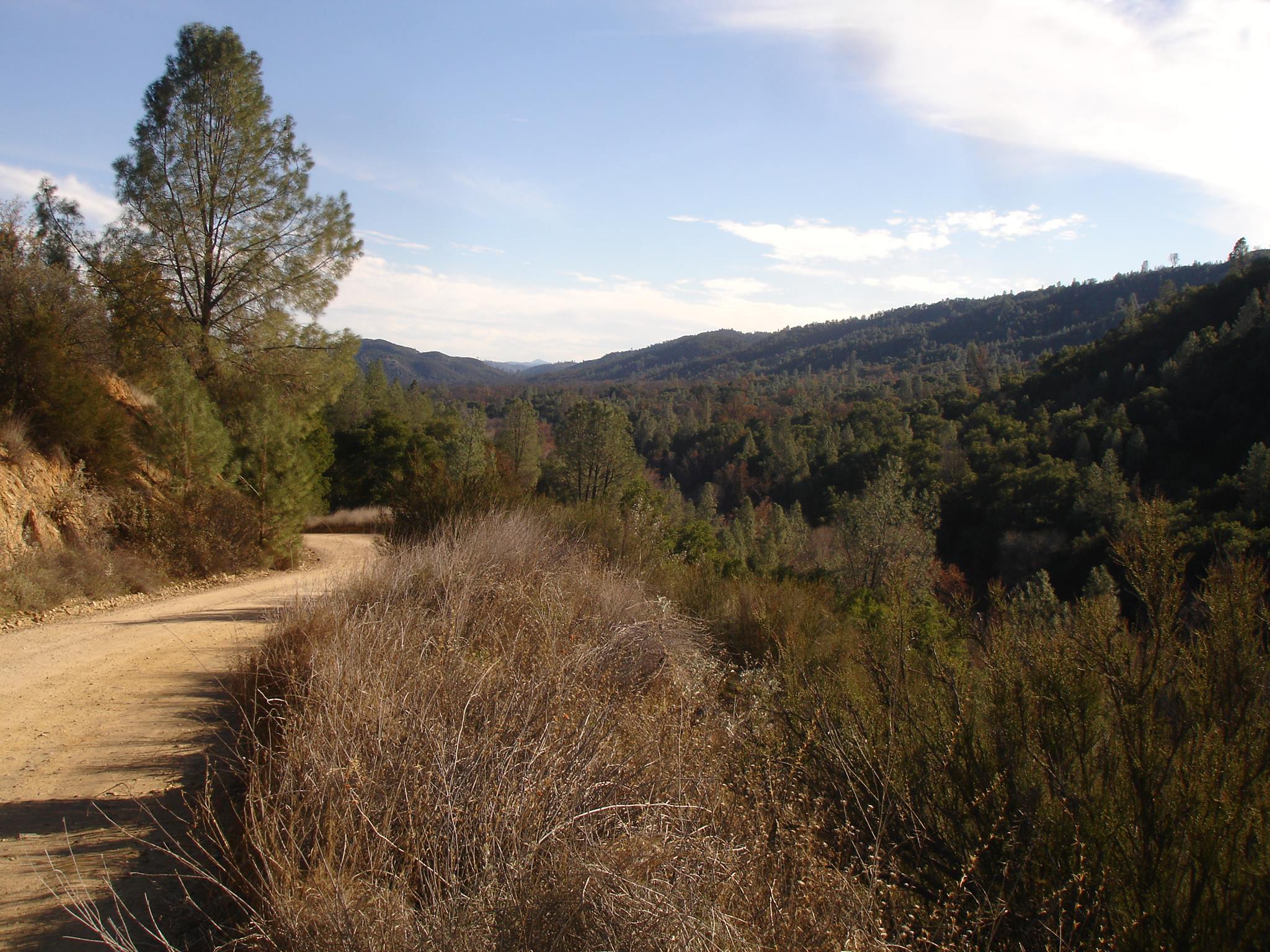Chimariko
The traditional Chimariko language area is along the Trinity River from its confluence with the South Fork Trinity River to the east, as well as in the upland valley of New River to the north, and at the confluence of the South Fork Trinity River and Hayfork Creek to the south. In pre-contact times, there were a few hundred speakers (Silver 1978). In the 21st century, there are no first-language speakers (Golla 2011). Chimariko is an isolate within the hypothesized Hokan language family. This includes, in addition to Chimariko, Esselen, Karuk, the Palaihnihan languages (Achumawi and Atsugewi), the Pomoan languages (Central Pomo, Eastern Pomo, Kashaya, Northeastern Pomo, Northern Pomo, Southeastern Pomo, and Southern Pomo), Salinan, the Shastan languages (Konomihu, New River Shasta, Okwanuchu, and Shasta), Washo, Yana, and the Yuman languages (Cocopa, Kiliwa, Kumeyaay, Maricopa, Mojave, Pai, Paipai, and Quechan).
Selected archival materials at Berkeley
Selected materials in other archives
- Smithsonian Institution: “John Peabody Harrington papers: Chimariko/Hupa, 1921-1930”
- The American Philosophical Society: “Chimariko”
Further reading
- Bauman, James. 1980. Chimariko Placenames and the Boundaries of Chimariko Territory. In Kathryn A. Klar, Margaret Langdon, and Shirley Silver (eds) American Indian and Indoeuropean Studies: Papers in Honor of Madison S. Beeler, 11–29. The Hague: Mouton
- Berman, Howard. 2001. [Sapir’s] Chimariko Linguistic Material. In Victor Golla and Sean O’Neill eds, The Collected Works of Edward Sapir, 14:1039-1076. Northwest California Linguistics. Berlin: Mouton de Gruyter.
- Dixon, R. B. 1910. The Chimariko Indians and language. University of California Publications in American Archaeology and Ethnology 5:293-380. [PDF]
- Golla, Victor. 2011. California Indian languages. Berkeley: University of California Press.
- Jany, Carmen. 2009. Chimariko grammar: Areal and typological perspective. Berkeley: University of California Press. [PDF]
- Silver, Shirley. 1978. Chimariko. In Robert F. Heizer (ed.) Handbook of North American Indians, 8:203-210. Washington D.C.: Smithsonian Institution.
